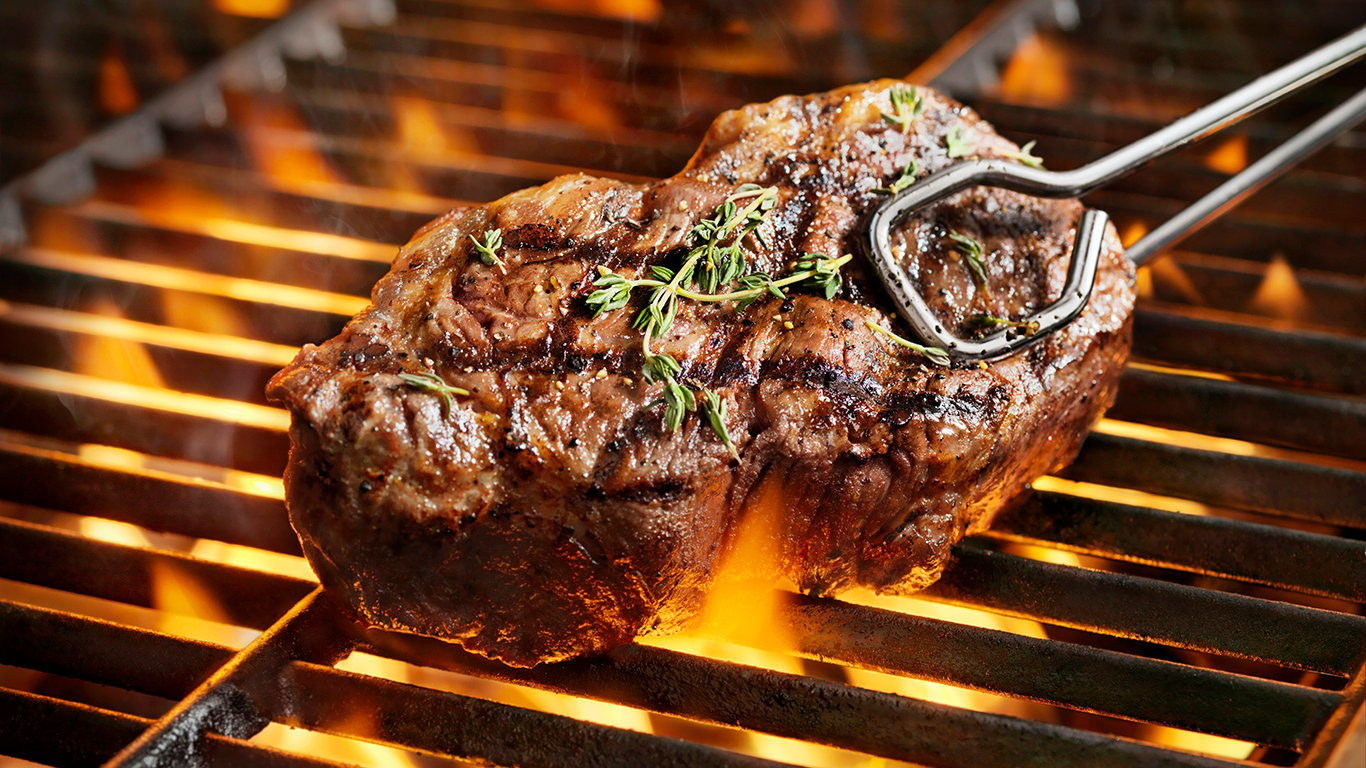

In a federal filing Monday morning, Harley-Davidson Inc. (NYSE: HOG) said that the tariff on motorcycles exported from the United States to Europe will rise from a current 6% to 31% and add an average of $2,200 to the price of a Harley in Europe. The tariff was implemented in retaliation for U.S. President Trump’s 25% tariff on European steel imports.
The company has decided to eat the cost of the tariffs. Calling the tariffs “a tremendous cost increase,” Harley-Davidson said that passing the cost along to dealers and retail customers “would have an immediate and lasting detrimental impact” on its European business.
To stem the loss, Harley-Davidson plans to shift production for motorcycles destined for EU markets from the U.S. to its international facilities. The company said it would take at least nine to 18 months to complete the shift and will require “incremental investment.” Harley did not comment on a potential loss of U.S. jobs.
The company’s managing director for Germany, Austria and Switzerland told Reuters on Saturday that the company has been stockpiling inventory in Europe for three months in anticipation of the tariffs. Harley-Davidson gets hit twice in the trade war battle: once when it imports steel from Europe and again when it exports finished goods to the continent.
Harley-Davidson has manufacturing operations in Brazil, India and Australia. Combined, the three contain about the same number of square feet as the company’s York, Pennsylvania, facility. The Harley-Davidson plant in Brazil assembles selected models of the company’s bikes for sale in the Brazilian market, while the plant in India assembles some models for that country’s market and produces a platform for non-North American markets. The Australian plant produces wheels.
Harley-Davidson estimated its losses:
In the near-term, the company will bear the significant impact resulting from these tariffs, and the company estimates the incremental cost for the remainder of 2018 to be approximately $30 to $45 million. On a full-year basis, the company estimates the aggregate annual impact due to the EU tariffs to be approximately $90 to $100 million.
The company does not believe it has any choice:
Increasing international production to alleviate the EU tariff burden is not the company’s preference, but represents the only sustainable option to make its motorcycles accessible to customers in the EU and maintain a viable business in Europe. Europe is a critical market for Harley-Davidson. In 2017, nearly 40,000 riders bought new Harley-Davidson motorcycles in Europe, and the revenue generated from the EU countries is second only to the U.S.
When Harley-Davidson reported first-quarter earnings in late April, the company said it expected to ship 231,000 to 236,000 motorcycles in 2018 with an operating margin of 9.5% to 10.5%, including costs related to consolidating U.S. operations at its York plant.
The company’s stock traded down about 2.7% in Monday’s premarket to $43.00, after closing at $44.21 on Friday. The 52-week trading range is $39.34 to $56.45, and the 12-month consensus price target is $48.31.
Take This Retirement Quiz To Get Matched With An Advisor Now (Sponsored)
Are you ready for retirement? Planning for retirement can be overwhelming, that’s why it could be a good idea to speak to a fiduciary financial advisor about your goals today.
Start by taking this retirement quiz right here from SmartAsset that will match you with up to 3 financial advisors that serve your area and beyond in 5 minutes. Smart Asset is now matching over 50,000 people a month.
Click here now to get started.
Thank you for reading! Have some feedback for us?
Contact the 24/7 Wall St. editorial team.



